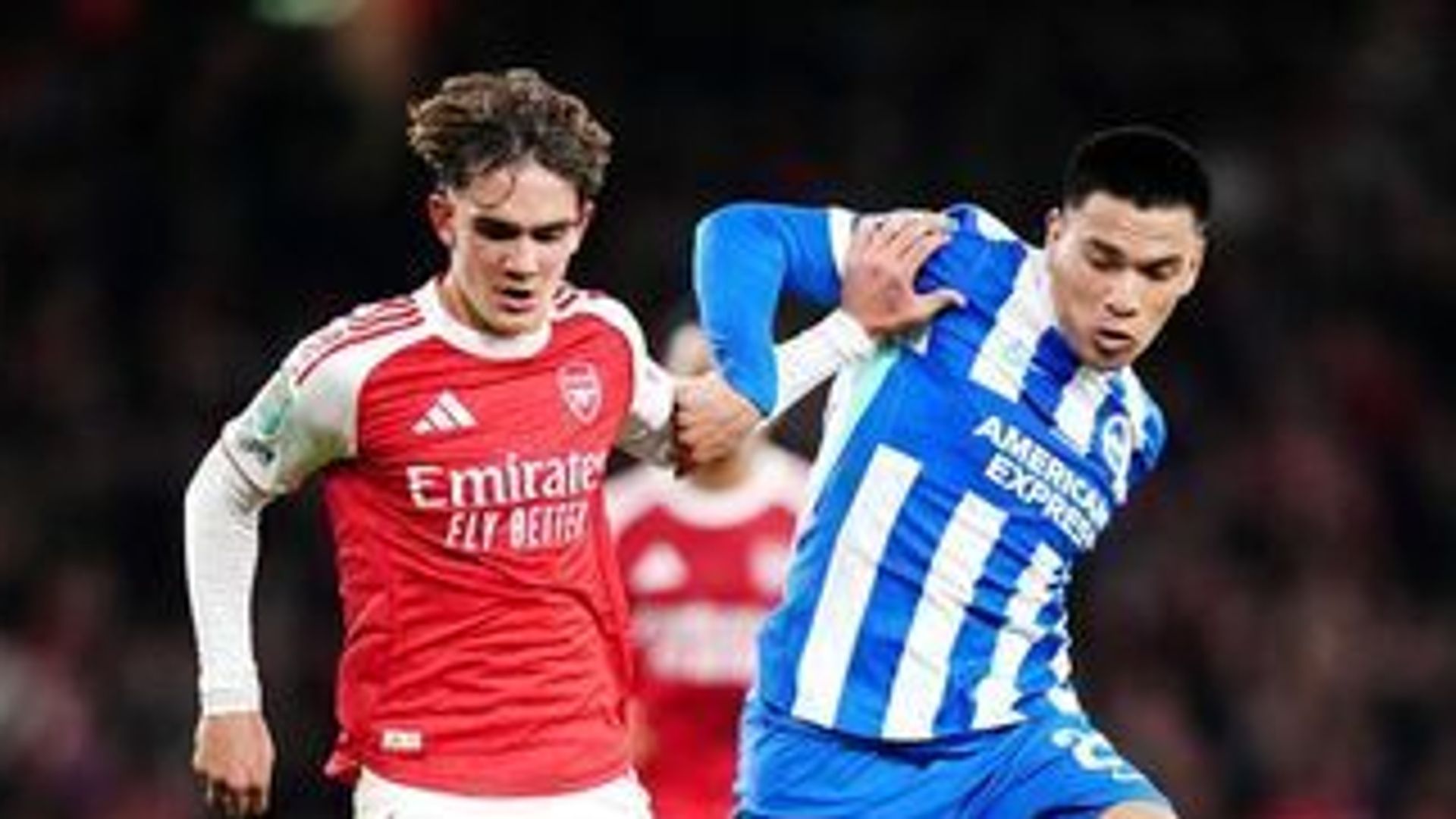Chelsea Goalkeepers’ NFL Challenge Exposes the Flawed Nature of Athletic Specialization in a World Desperate for Versatility and Unity Amidst Growing Divisions in Sports Culture and Identity Politics
Chelsea Football Club’s goalkeepers Robert Sanchez and Gabriel Slonina recently participated in an intriguing challenge that pitted them against the skills of American football quarterbacks, a crossover event that highlights the evolving nature of athleticism in the modern sports landscape. This unique event, hosted by Phoebe Schecter, a former American football player and coach, serves as a fascinating lens through which to examine the broader implications of specialization versus versatility in sports.
The challenge itself was simple yet revealing: Sanchez and Slonina were tasked with demonstrating their throwing abilities in a series of drills typically reserved for quarterbacks. While the two goalkeepers are primarily known for their skills in soccer, this event forced them to step outside their comfort zones and embrace a different set of athletic skills. The juxtaposition of soccer and American football raises questions about the nature of athletic specialization and the increasing demand for versatility among athletes in a world that often compartmentalizes sports into rigid categories.
Historically, the world of sports has been characterized by a clear delineation between different disciplines. Soccer players have been expected to master the intricacies of their game, while football players have honed their skills in a very different environment. However, as the lines between sports continue to blur, there is a growing recognition that the best athletes are those who can adapt and excel across various disciplines. This trend is not merely a passing fad; it reflects a fundamental shift in how we view athleticism itself.
The rise of multi-sport athletes is not a new phenomenon. Throughout history, there have been numerous examples of individuals who have excelled in multiple sports. Take Bo Jackson, for instance, who famously played both Major League Baseball and the National Football League. His exceptional talent in both arenas shattered the stereotype that athletes must choose one sport to pursue. Similarly, the likes of Ellyse Perry, who has represented Australia in both cricket and soccer, illustrate the potential for athletes to thrive in diverse environments.
In recent years, the notion of specialization has come under scrutiny. Critics argue that the pressure on young athletes to focus solely on one sport can lead to burnout, injuries, and a lack of enjoyment in their athletic pursuits. The Chelsea goalkeepers’ foray into the world of American football serves as a reminder that athletic skills can often translate across different sports. The ability to throw a ball accurately, for example, is not limited to football; it is a skill that can be beneficial in soccer, basketball, and even baseball.
Moreover, the increasing popularity of hybrid sports and events that combine elements from different athletic disciplines speaks to this evolving landscape. Sports like rugby, which incorporates elements of both soccer and American football, have gained traction and popularity, showcasing the appeal of versatility. The emergence of events like the X Games, which blend extreme sports, further underscores the desire for athletes to showcase their skills in varied contexts.
As Sanchez and Slonina took on the NFL challenge, their participation also highlighted the growing interest in cross-training among athletes. Many professional athletes now engage in various forms of training outside their primary sport to enhance their overall performance and reduce the risk of injury. This holistic approach to athletic development acknowledges that the best athletes are those who can draw upon a diverse skill set, allowing them to adapt to different situations on the field or court.
The Chelsea goalkeepers’ challenge also raises questions about identity and the cultural significance of sports. In an era where sports often serve as a reflection of societal values and divisions, the ability to transcend the boundaries of a single sport can foster a sense of unity among athletes and fans alike. By participating in an NFL challenge, Sanchez and Slonina not only showcased their athletic prowess but also engaged with a broader audience, bridging the gap between two distinct sports cultures.
Furthermore, this event underscores the importance of inclusivity in sports. As the world grapples with issues of representation and access, initiatives that encourage athletes from different backgrounds and disciplines to come together can promote a more equitable sports culture. The Chelsea goalkeepers’ willingness to step outside their comfort zones serves as an inspiring example of how athletes can challenge traditional norms and foster a more inclusive environment.
In conclusion, the NFL challenge faced by Chelsea’s goalkeepers is more than just a lighthearted event; it symbolizes a larger shift in the world of sports. The increasing demand for versatility and adaptability among athletes reflects a growing recognition that athleticism knows no boundaries. As the lines between sports continue to blur, the potential for athletes to thrive in multiple disciplines will only increase, paving the way for a more inclusive and dynamic sports culture.




